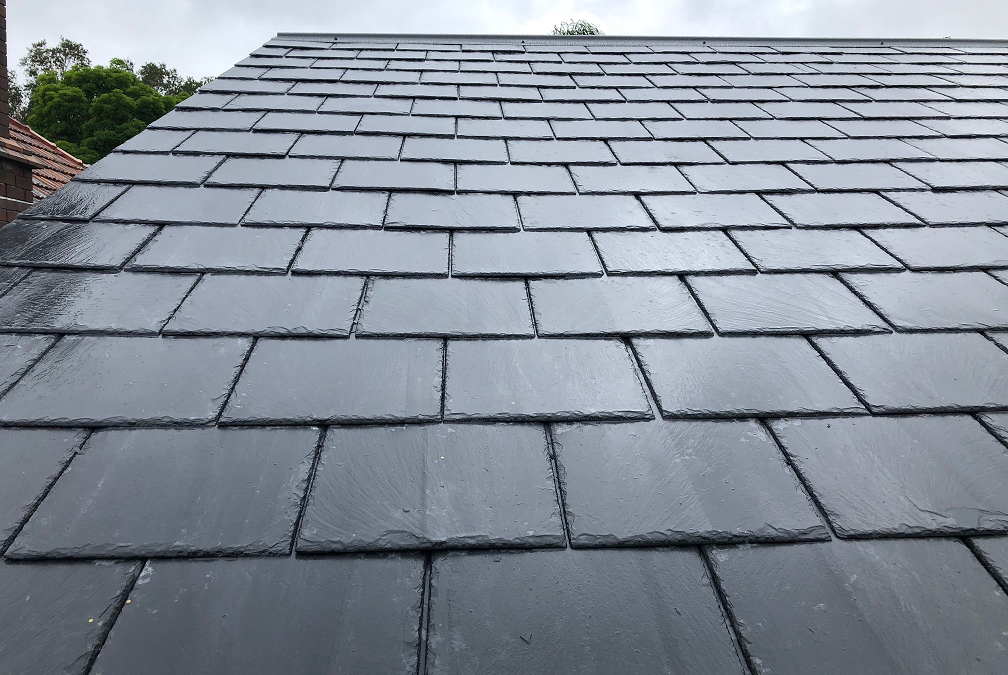Slate roofs combine well-maintained aesthetics with functional advantages such as good insulation and resistance to rain and snowfall. Therefore, it is not surprising that their use has become widespread. You can find them in both traditional buildings and modern homes.
What Are the Main Benefits of Slate Roofing?
The main advantages of slate roofs are their aesthetics and their contribution to improving your home’s insulation. They also help avoid the risk of leaks and save money on heating bills. Also, slate is a material traditionally used in construction. Therefore, it offers us security.
Another considerable advantage of this material is its versatility. Thus, you can find it inside and outside, covering walls or roofs. It is also a material that plays the role of a fundamental element in typologies as different as mountain refuges or design chalets. In addition, installation and maintenance are pretty simple.
How Is a Slate Roof Installed?
Basically, three aspects influence the installation of a slate roof:
- the size of the rooms,
- the slope of the roof,
- the geographical location.
Slate roofs are formed based on flat and independent plates. These structures are placed in such a way as to cover the lower piece and create horizontal rows partially. The slabs have a beveled edge positioned towards the outside to facilitate water drainage and better wind resistance.
Slate Slabs Have Three Parts:
The overlap: This is the upper part that does not receive water. It must have an appropriate size to prevent water from reaching the upper part, either by capillary action or by the movement of the wind.
Semi-covered part: This is the intermediate area that remains partially covered by the upper tray.
Part seen: It corresponds to the lower zone of the plateau. It is the part that directly receives the water from the rain and the water that falls from the upper parts. It is also essential to pay attention to the proportion of visible plate. It will depend on it that the water, instead of going down, slides sideways.
In addition, when laying the slate on the frame, you have two options:
Skirting nailers: They are usually made of planks and/or laths of wood or mortar. Plaster is also used in the driest areas. In these cases, the board is nailed, and guarantees a correct fixation. However, this requires a slope greater than 30 degrees.
Baseboards without nailing: They can be made of forged sheet metal or sheet metal. Horizontal or vertical rails are also placed on them.
Regarding the fixing of slate plates, it is done with metal hooks. Lead, copper or zinc sheets are also used on the connection areas between the cover and the walls. They are between 2.5 and 3.5 millimeters thick.

Why Trust a Professional To Install or Repair a Slate Roof?
Although slate installation is not overly complex, leaving the task to a professional is advisable. This will ensure that the installation is done correctly and that the roof is completely waterproof. Also, keep in mind that not all structures can support the weight of certain types of slate. Therefore, the smartest thing to do is to put the roofing work in the hands of a professional. This way, you will ensure a quality result and avoid possible problems later.


